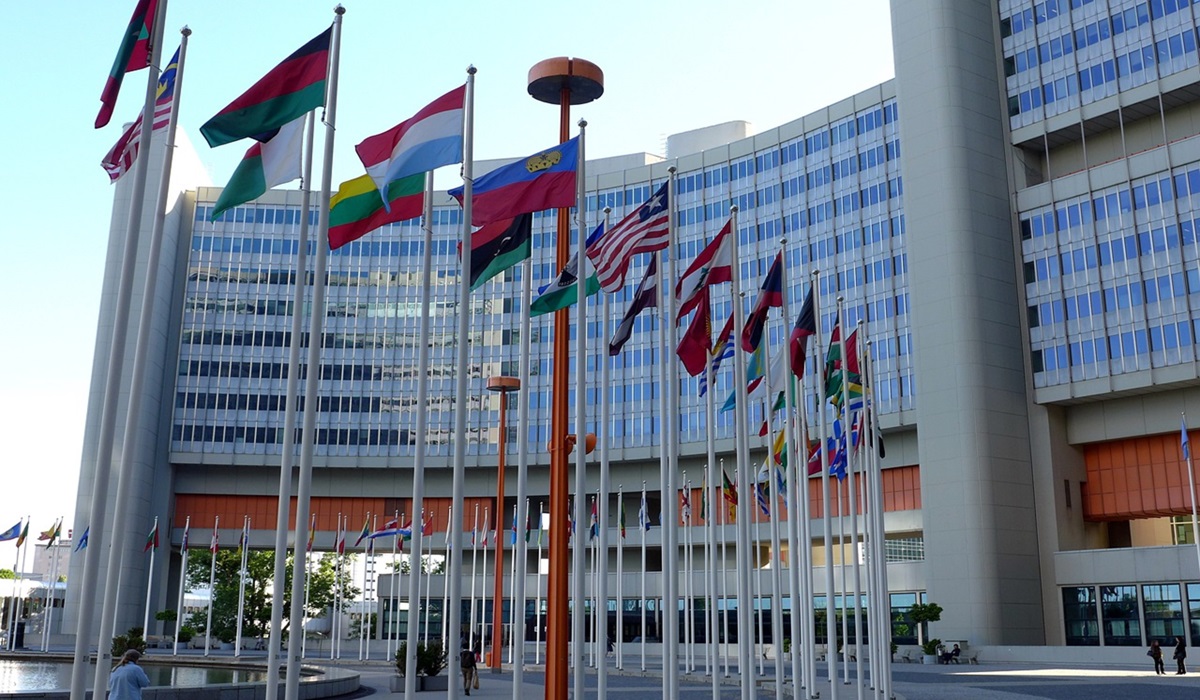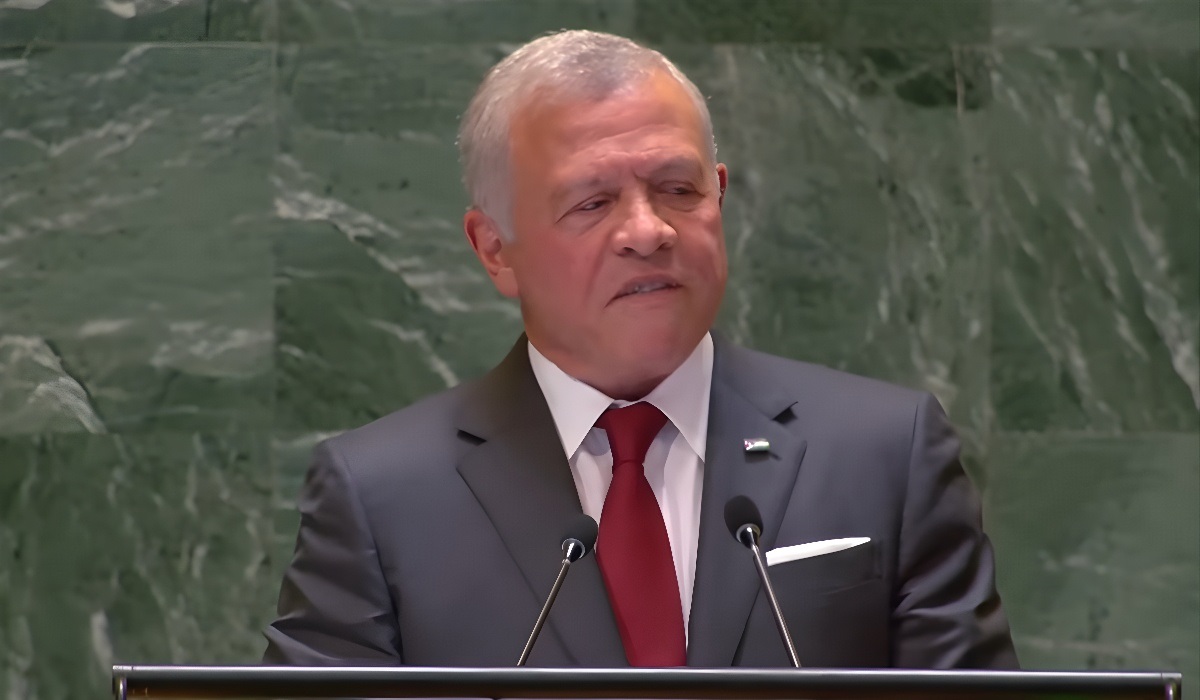The Need For Climate-Conscious Agriculture
“to counteract the amount of Carbon Dioxide emitted each year by the world’s fossil fuel-burning, an area the size of Australia would have to be planted with trees.”
Several years back, two researchers stated something troubling. Joachim Van Braun and Rajul Pandya-Lorch of the International Food Policy Research Institute (IFPRI), Washington, U.S.A remarked that: “Agriculture is part of the climate change problem, contributing about 13.5 percent of annual Greenhouse Gases (GHG) emissions with forestry contributing an additional 19 percent.”
Agricultural Sins
Agriculture is not always “green,” as current climate change revelations indicate. Agriculture and the climate have a delicate relationship. Farming activities rely on a kind environment to produce bountiful harvest baskets, just as a healthy climate demands of agriculture sustainable and sensible practices that do not upset its delicate layers. Dire warnings about the dangers posed by the specter of a warming climate have led to a scrutinization of most aspects of man’s cultural practices. Agriculture has since been implicated in the ongoing destruction of planet Earth. Precisely, what has Agriculture done as the world battles a changing climate?
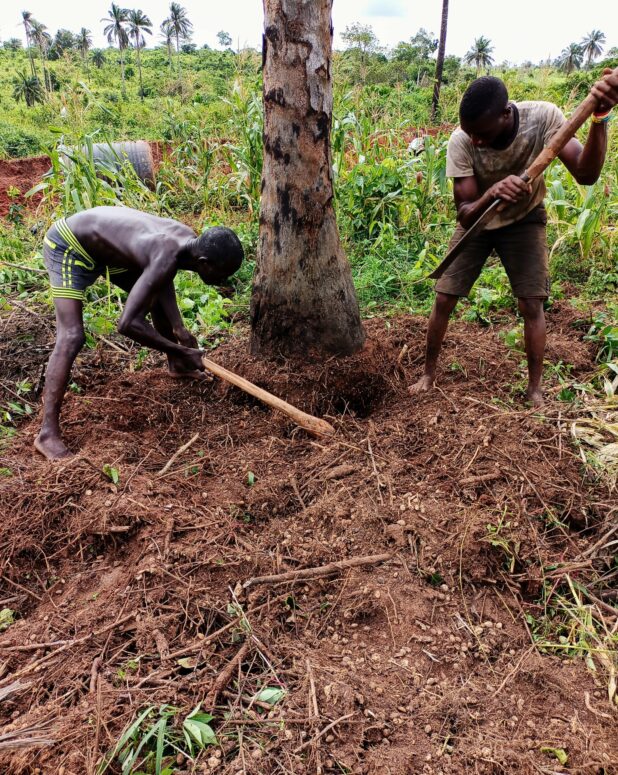
The answer is crushing. The American publication Business Week, of June 18, 1990, writes: “The Earth’s productive capacity-its ability to sustain life-is being seriously jeopardized by acts of man: agricultural practices that foster soil erosion, nutrient depletion, and desertification; deforestation; and disposal of vast amounts of waste.” The moment man moved from food gathering to production, he unwittingly pressed the button for a gradual disorganization of land, water, and the delicate arrangement of their resources. Scientific evolutions have modernized farming activities, yet the farming man has been unable to avoid upsetting the intricate structure of things in the natural world. The use of robotics and Artificial or Predictive Intelligence by farmers has not prevented the disruption of the nature of things on land, in the air, or underwater. Agriculture has upended wildlife in more radical ways than one. And large-scale cultivation of crops will continue to destroy the natural world.
“With careful agricultural practices, a layer of topsoil about a half-inch thick is lost every 80 to 280 years, about the same rate at which soil is created,” Business Week notes. “The misuse of croplands accelerates erosion, which diminishes the soil’s ability to retain water, removes important nutrients, and stunts plant growth. Eroded soil, blown away by wind or carried off by water, cripples the land’s long-term productivity and harms waterways and aquatic life,” the magazine adds.
Willy-nilly, agriculture harms just as it helps. “Portions of forests have been wiped out” by the need to grow food crops to cater to the alarming increases in population. Hectic farming activities come with their drawbacks-wastes. Yet, man must be fed. Burning farm waste and wild forest areas for new farmlands, one of the top offenses in third-world farming, releases Carbon Dioxide (CO2), a heat-trapping gas, into the atmosphere. Even controlling forest and farm fires with extinguishers containing Bromine atoms has been reported to be dangerous. Still, it will be tough to eliminate the problem of bush burning in poor farming communities where there is no capacity for recycling waste, and extensive mechanized farming remains a fantasy.
The Gases That Trap Heat
Greenhouse Gases are heat-loving gases. They trap heat in the lower atmosphere and stratosphere. In 1935, Chlorofluorocarbons (CFCs), also GHG, were invented by Du Pont in the US. The United States and other heavily industrialized countries are the top emitters of GHG such as Nitrogen Oxides, Sulfur dioxide, and Hydrocarbons. The ozone layer is the Earth’s sunscreen, and GHG quickly destroys it. And when this destruction happens, it leaves dire impacts on ecological systems.
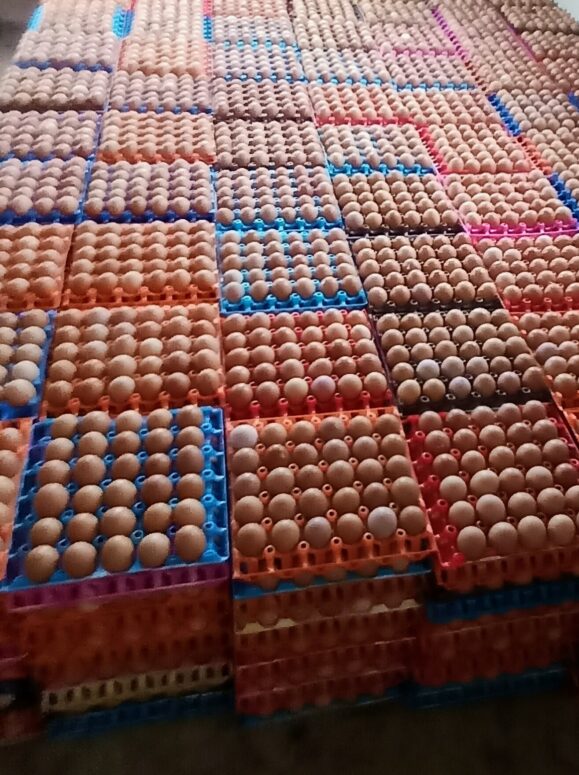
In 1973, Sherwood Rowland and Mario Molina warned the world about the dangers faced by the ozone sheet. “The two chemists had been studying the fate of Chlorofluorocarbons,” Business Week writes. But how do CFCs unleash havoc on the climate? The two scientists have an answer.
“Rowland and Molina found that the very inertness of CFCs made them destructive to the Ozone layer. Released into the atmosphere, CFCs remain intake, floating slowly upward. As they reach the edge of the atmosphere, a small percentage of CFC molecules are broken apart by solar radiation, releasing Chlorine atoms. These combine voraciously with ozone, destroying it at an incredibly rapid rate. As the ozone layer thins, more ultraviolet radiation reaches the Earth’s surface. The human consequences include more skin cancer and more cataracts-both directly related to ultraviolet exposure-as well as crop damage.”
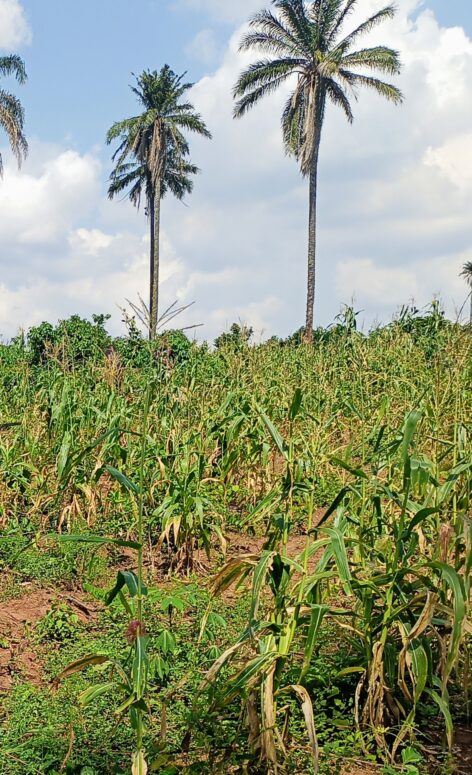
While most crops need sunshine in abundance and bend towards sunlight in growth orientations, it is a given that most will not endure the harshness of the sun’s naked radiation. Even Cotton, a sun-loving crop, may not be genetically endowed to withstand the harsh temperatures of a warming planet. But the possibility of a hotter climate is a window of research opportunities. In the future, Crop scientists and Geneticists may invent varieties that can tolerate changing weather patterns.
Animals and the Climate
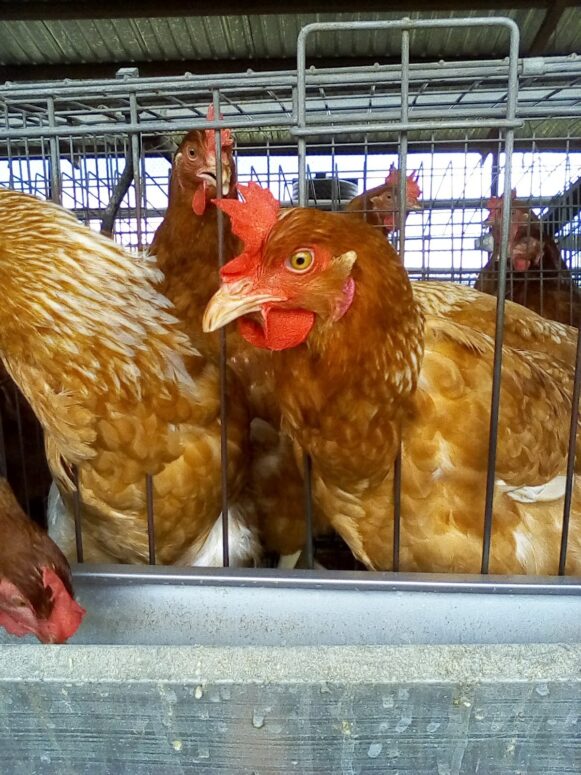
Animals contribute to climate change through an essential biochemical process. Fermentation is natural to ruminating animals. Animal nutrition clarifies that fermentation occurs in the stomach of farm animals. This biochemical process results in the production of Methane gas and CO2. Destructively, “Methane is 20 to 30 times more potent than Carbon Dioxide.”
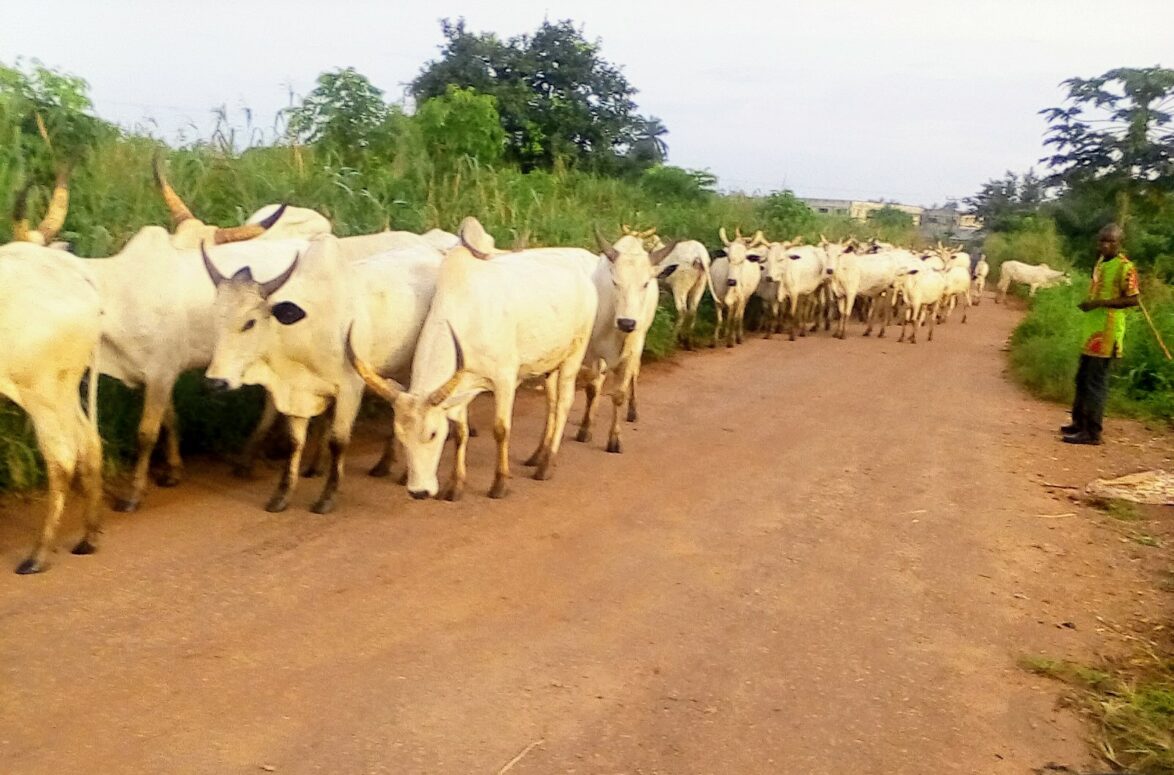
Research has observed that the heat of fermentation is generated due to microbial action by millions of microbes in the rumen of ruminants. Methane energy loss in ruminants is up to around 8% of the energy value of the consumed feed at the maintenance level of intake. However, Methane energy loss usually dips around 2% as feed intake increases. Methane is a heat-trapping gas that can be generated from the waste products of Rabbits, Pigs, and other farm animals.
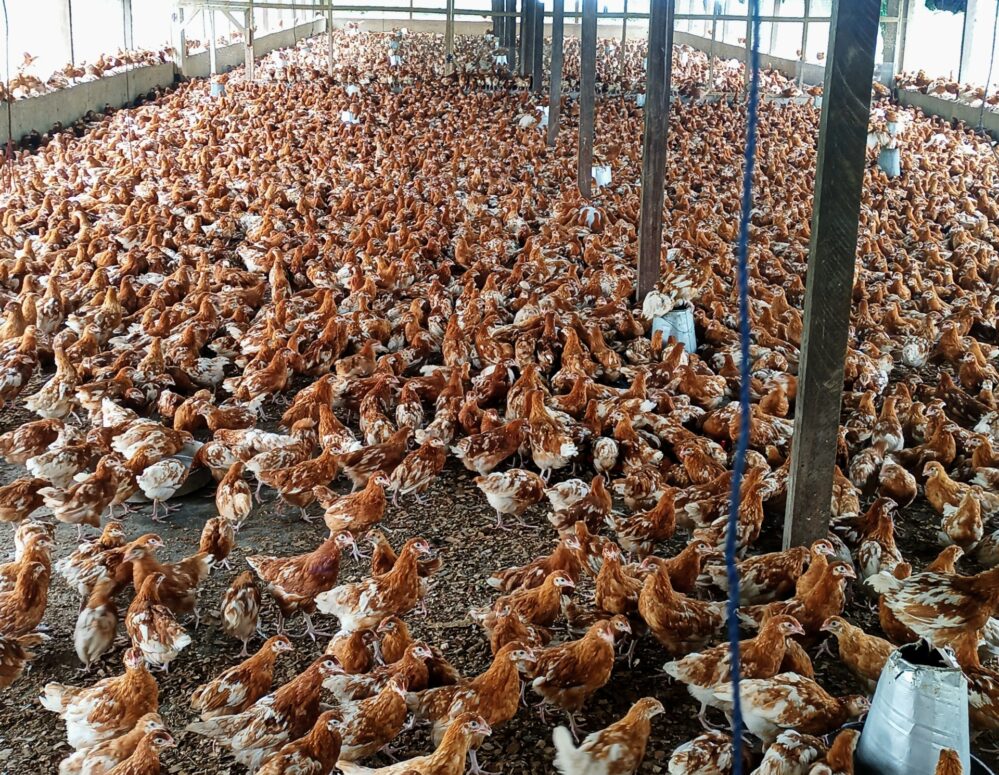 Like humans, animals also suffer the effects of hotter or colder weather conditions. Poultry birds and pigs are susceptible to Heat Stroke in a hot and dry climate. Egg production in laying poultry birds declines during hot weather conditions. Piglets, often born with a thin layer of skin at birth, are more likely to die under colder temperatures with extremes of rainfall and humidity if artificial heating systems are not provided. If the climate warms dangerously, there will be increased spending on energy sources to keep fragile animals healthy. Chicks and Piglets are helpless against cold winds. Chilling and Pneumonia are prime causes of mortalities in Swine production, where a good percentage of piglets die on the first day of birth. Piglet mortalities will be heightened under colder temperatures. The effect of harsher temperature ranges on livestock and other animals will be devastating. Now is the time to act and save the ecosystem.
Like humans, animals also suffer the effects of hotter or colder weather conditions. Poultry birds and pigs are susceptible to Heat Stroke in a hot and dry climate. Egg production in laying poultry birds declines during hot weather conditions. Piglets, often born with a thin layer of skin at birth, are more likely to die under colder temperatures with extremes of rainfall and humidity if artificial heating systems are not provided. If the climate warms dangerously, there will be increased spending on energy sources to keep fragile animals healthy. Chicks and Piglets are helpless against cold winds. Chilling and Pneumonia are prime causes of mortalities in Swine production, where a good percentage of piglets die on the first day of birth. Piglet mortalities will be heightened under colder temperatures. The effect of harsher temperature ranges on livestock and other animals will be devastating. Now is the time to act and save the ecosystem.
Climate-Conscious Agriculture (CCA)
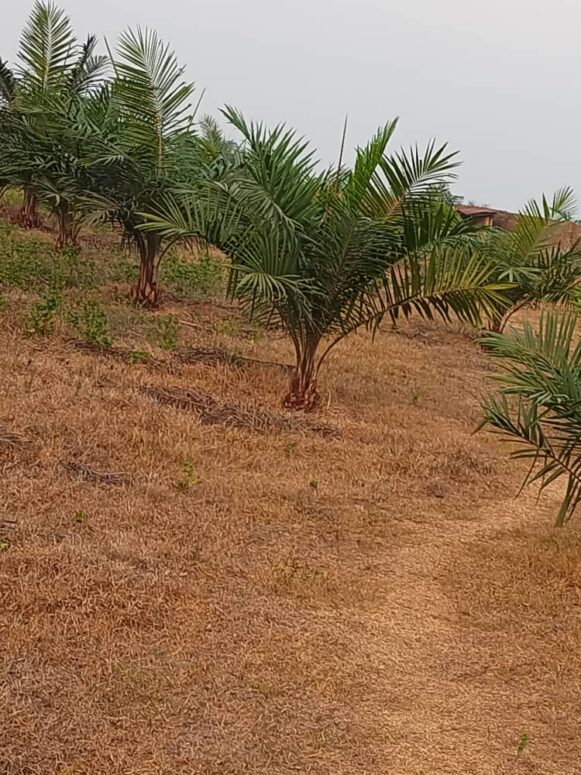
Business Week reports that the Oak Ridge National Laboratory in the US has “calculated that, to counteract the amount of Carbon Dioxide emitted each year by the world’s fossil fuel-burning, an area the size of Australia would have to be planted with trees.” There are substantial scientific promises in forestry and agriculture. Many forest trees have not had their molecular properties examined, and the destruction of tropical forest resources limits the gains accruable from Ethnopharmacology, the scientific use of tree barks and roots to treat diseases.
Trees act as a net for Carbon Dioxide, a climate-warming gas. And this is why sensible agricultural practices, in the form of CCA, must discourage the rape of forest resources. An abundance of trees would mean less availability of CO2 in the environment as trees use this gas for growth. Aggressive tree planting is a sure route to remodeling some of the lost tree and forest resources, conserving soil, and protecting animals and their habitats.



